
Morar Andrei
-
Posts
264 -
Joined
-
Last visited
Content Type
Profiles
Forums
Blogs
Gallery
Events
Store
Posts posted by Morar Andrei
-
-
Good question... I once had a Tiger I kit and it was scale 1/72 from Revell, so this would be the scale I'm looking for. Second of all, any WW2 nation tank would be useful, but I have a preference for the German tanks. But if there would be a slight chance to find any Romanian tank, or that was was used by the Romanian army, it would be interesting too. Thank you very mych.
Andrei
0 -
Thank you againg!
0 -
My question is the next one: where did they get the Hellcat turret from? I don't know if such tanks have been used in Eastern Europe.
0 -
Thank you for information! The Krajina Express is the armoured train I was looking for. About the Hellcat turret, when I've seen the photo first time, I said like "is that not an American turret?", idea which qas confirmed in your answer. Thank you again! Armoured trains are mostly associated with the Great War and the coventional war in general. That's why it's very interesying to know they are still used in a form or another.
Andrei
Here is also a bit from its operation history and composition, iformation found on Wikipedia:
The main battle in which the train became involved was the siege of Bihać. The train's crew also performed in combat in the role of infantry.
The improvisation of weapons was a common feature of all parties involved in the conflict during the breakdown of Yugoslavia in 1991. As a result, both Serbs and Croats assembled a number of armored trains. The Army of Republika Srpska operated a train that was ambushed and destroyed in October 1992 near the town of Gradačac by Bosnian Muslimforces that included a T-55 tank. The wreckage was later converted into a monument. The Croatian Army deployed a two-wagon armored train built in Split with a shield composed of two plates, one 8mm and the other 6mm thick, with a 30–50mm gap filled with sand between them. The vehicle was armed with 12.7mm machine guns.
The first wagon train was made of a General Motors diesel locomotive (JŽ 664-013) and two cars by local railroad workers at Knin. The cars were initially protected with sandbags. The first operational mission took place in the area between Gračac and Stikada.The usual tactic was to appear suddenly in a pre-established point of the railway, fire its guns and withdraw quickly. The 20-member crew was occasionally re-supplied by small trucks. Following the improvement of the protection with the addition of armor plates, the train provided fire support on the railroad between Knin and Drniš. It was later sent to Lika, where the wagon formation became involved in the battles around Sveti Rok. It is believed that at this time, near the end of 1991, the train was dubbed "Krajina Express". In 1992 "Krajina Express" joined the fighting for the airport of Zemunik, near Zadar. When the train was not suitable for combat operations, the crew fought in the infantry role, like in the course of Operation Corridor. By the end of 1992, the unit became incorporated to the 75 Motorized Brigade, part of the 7th Army Corps of Serb Krajina. Two members of the crew were killed by Croatian artillery while fighting on foot during Operation Maslenica, in January 1993. The train provided support during the struggle for Škabrnja, where the unit was involved in an attempt to destroy an ammunition dump in Zadar by pushing a wagon loaded with 3,650 kg of explosives and five tons of shrapnel through the Benkovac to Zadar railway line. The detonator would be a land mine attached to the wagon's bumper. The plan was to let the wagon roll down from the village of Nadin towards the target in the outskirts of Zadar. The results of this mission, if any, remain unknown. In the last days of May 1993, the train was to be involved in Operation маслинова гранчица (Olive branch), a Serb attempt to break into the Croatian defenses along the Adriatic coast south of Zadar that was eventually called off. In September, "Krajina Express" was part of the Serb counterattack in the battle of Medak pocket. One of the last and best documented actions of "Krajina Express" were a number of fire support missions along the Una river during the siege of Bihać, on 1 December 1994. The train drew fire from Bosnian troops on Ribicka Glavica hill. The unit was attacked with antitank rocket-propelled grenades and 76mm guns and returned fire with its own 76mm weapon and with a barrage of 57mm rockets. Later on the day, one wagon was hit by a 9K11 Malyutkamissile, which pierced the armor shield, but the rubber protection deflected or absorbed the blast. One crew member was wounded by shrapnel. A second missile missed the wagons by 200 yards and hit a derelict building. One source claims that the missile struck the wagon mounting the rocket launcher, while another says that the hit disabled one of the antiaircraft cannons. In the last months of war, the train activity was hampered by the deteriorating military situation in Krajina. At the time of Operation Storm "Krajina Express" was sent to Lika. When its crew realised that the collapse of the Republic of Krajina was unavoidable, they destroyed the train by derailing it into a ravine.
The two-wagon train was originally armed with a WWII German 20mm gun and two 9K11 Malyutka missile launchers; a Bofors 40mm gun was added later. A pair of M-53 7.9mm light machine guns were mounted to defend the blind spots. The 40mm cannon was removed in 1992 and replaced by a Soviet-designed 76mm gun mounted on the rear wagon. The convoy was enlarged with a third wagon mounting two 20mm cannons. Two Zastava M84 machine guns and a twin 57mm multiple rocket were also added in 1992. The following year marked the definitive configuration of the armored train, when the 76mm gun was supplanted by an American M18 Hellcat tank destroyer. There was an open wagon with two 120mm mortars, but their operational use was limited. The end of the war in Croatia frustrated plans of mounting an 88mm flak gun.
The sandbags which provided the first shield to the wagons were replaced by a 25mm thick armor plate. The roofs remained open and were covered with tarpaulins. On the sides the wagons were wrapped in canvas and rubber sheets, the in between space filled with gravel. This improvised laminated protection proved effective in combat when it dissipated the blast of an antitank missile.
During the siege of Bihac three additional wagons were hooked ahead off the formation, in order to trigger any mines planted on the railway. One of the wagons carried tools and materials for railroad repairs if needed.
0 -
-
I received the email in response from Military Tradition and found some intetesting things. I was also able to contact Mr. Diaconu's company, called "Romilitaria". Now, I'm waiting their response.
0 -
I'm looking for images from this war, especially about any battle that took place on the teritory of modern Romania. If find same kind of images, but from the other wars, would be as good. Thank you! It's very interesting to from nd out that the Romanian Prinicipalities have bern the battlefield for the large empires for centuries. Here are 2 examples of other batyles that took place here:
- battle of Oituz from 1788 (Austrians vs. Ottomans)
- battle of Giurgiu from 1790 (same combatants)
0 -
Thank you for appreciation!
0 -
I will try again during the following week.
0 -
I heard about Dragoș Diaconu. He might be a good source here, in Romania.
0 -
I found something that might look like an armoured train used in the '90s, during the conflicts from Yougoslavia. I don't know where this photo was done and whose train was. I honestly thought that armoured trains haven't beed used since World War 2. That also makes me question: are armoured trains yet used in modern combat? Or that one was an exception?
0 -
I found something older. It's from a museum in Oradea, close to the Hungarian border. It is probably a Wallachian uniform, somewhere between 1830 and 1848. The unifoem from the left might be a bit older, but the ones from the right I've seen them in most of the movies placed on that period. At least, one of them. The other one is wearing a Martini-Henry rifle, so it might be after 1879, when these rifles have been introduced to the Romanian Army. So the ones from left and center can be the most siuted to the age I was looking for.
0 -
I start thinking that it is a bit expensive to search in Germany or in other foreign country first, even if I know they have very good quality (a uniform arround 200-300 euros is very expensive here - if we consider 4.6 lei, the national coin = 1 euro, you may need to pay the same price as your whole salary for a month). That's why I want to find: is there any good quality company here, in Romania, that is producing this kind of uniforms? Or maybe ehould I contact first the"Military Tradition" (the largest re-enectment society from Romania, also present every year at the National Parade on December 1st) association to find more? Can I find something much cheaper, but still with a fairely decent quality? The cheapest way would be to create it by myself, or search on the nearby villages after any remaining uniform (people tend in this area to keep old uniform - I know someone on a nearby village that has 2 Romanian uniforms from both World Wars). Any information from Romania would be useful.
0 -
Thabk yiu! That's a useful link.
0 -
Finally I discovered the material needed! It is serge wool (stofă de lână - translated from Romanian)
0 -
Subtitles are already here by a couple of days!
0 -
I like military vehicles from the Second World War, and I even started a small collection. But I got stuck. I was looking in all the shops from Romania after a tank metal figurine (I don't want to build it from scratch, but to find an already built one, just like a toy/model) but I found nothing. Can you help me with some suggestions from foreign countries? I can also request my uncle, who is living in Canada to look after any, but I want to find first anything useful from you, gentlemen.
Andrei
(sorry for the mess, at the moment I lack a propper place to put my collection)
0 -
A quick update of the situation: my latest video, about the equipment of the Romanian armed forces (subtitles will be added tomorrow, I promise).
What do you think about?
0 -
1) Good news for any English speaker: English subtitles for "The Charge of Prunaru" are finally here!

2) Who would like to see a next video about the weapons used by the Romanian troops during the Great War?
0 -
A little update to the situation (sorry fir the lack of subtitles, they will be added tomorrow):
0 -
This year, Romania gets into the aniversary of 100 years since the end of the Great War and the Great Union of December 1st 1918.
Because Romania is many times forgotten in the history pages, I decided to initiate 2 cultural programmes to inform the people:
1) the blog "Miltary Hitory of Romania", where I write different stories about the army and its battles from 1916-1917, or about social aspects, such as "Romanian Soldiers in the Austro-Hungarian Army"
2) by creating a series of videos on YouTube called "Battles of the Romanian Army", where I talk about different battles, more or less known, that took place in the First World War. The first one is already done, being entitles "The Battles for Făgăras County"
*Note: I'm sorry for the lack of activity on the blog on the last month. I was looking for an interesting article, but got nothing, at least yet.
0 -
-
I want to know a bit more about the role of the hungarian units during this battle, especially about the ones composed in a large portion from transylvanians, such as the 23rd Honveds frim Hermenstadt. Were they fighting bravely or desserted to the russians? More than that, how did they perform at Przmesyl?
0 -


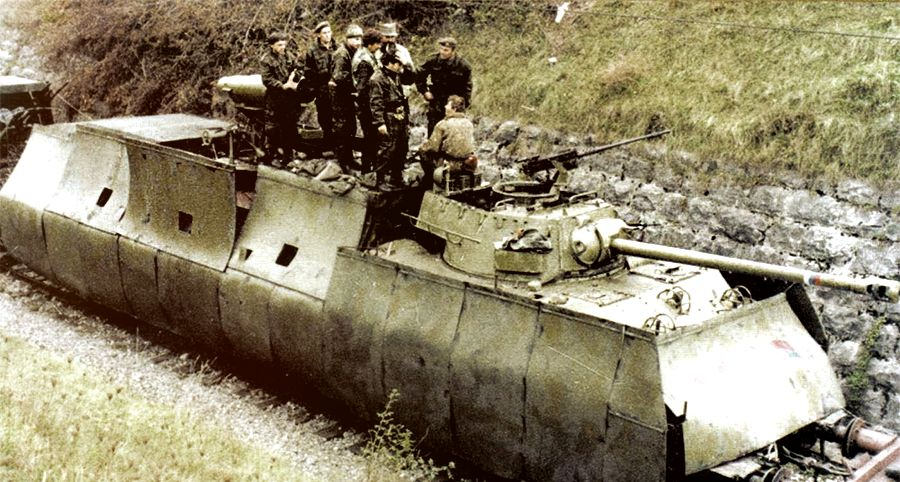
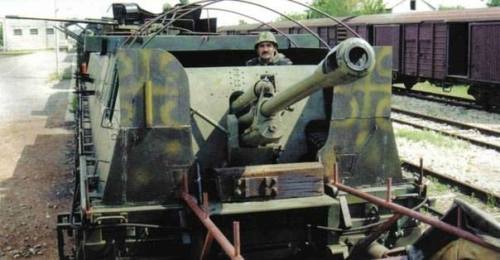

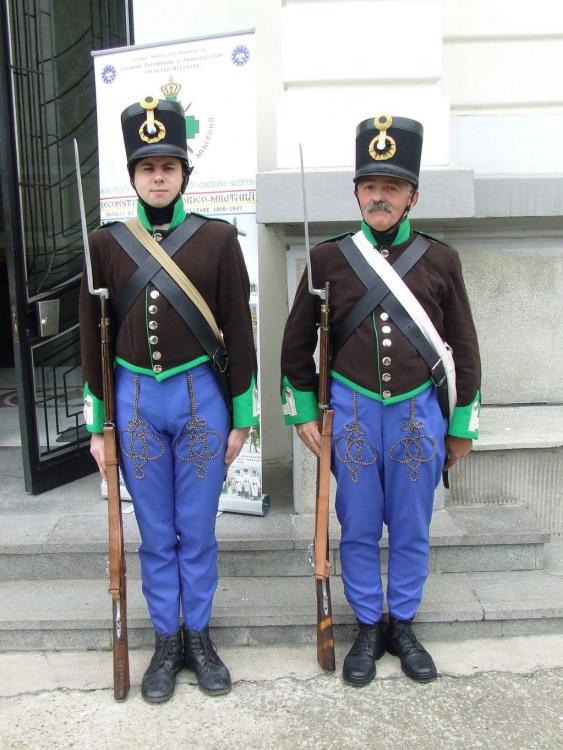
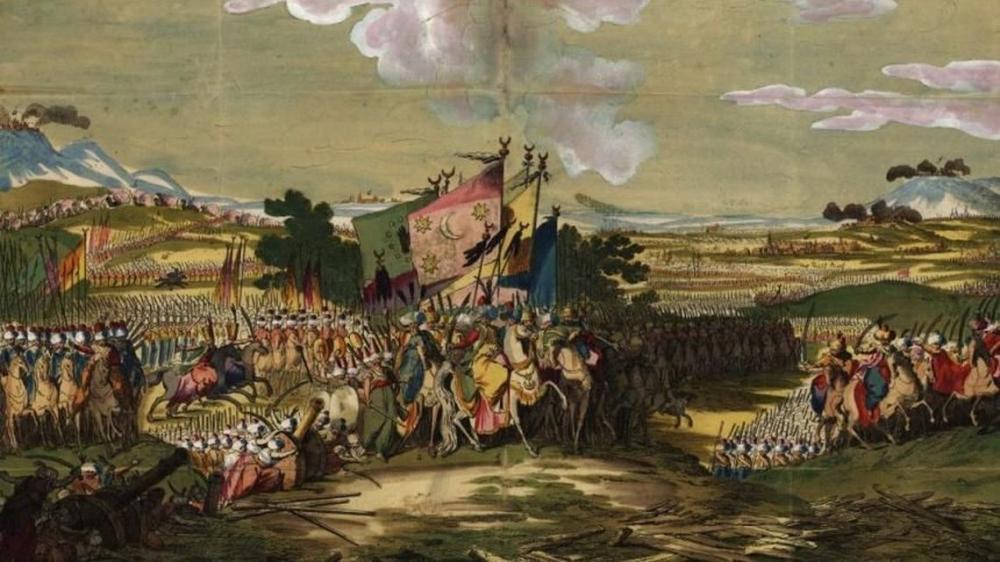
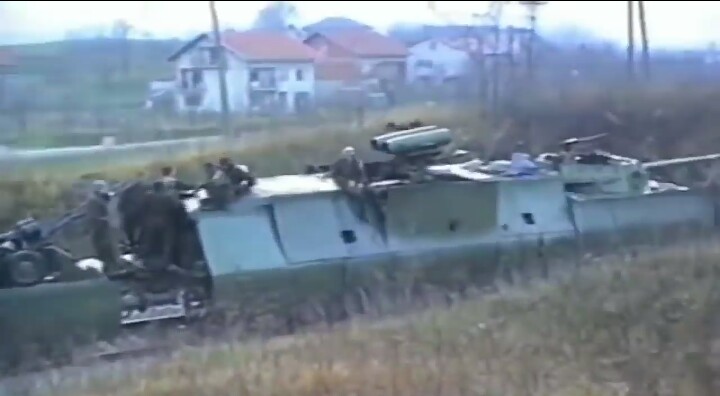

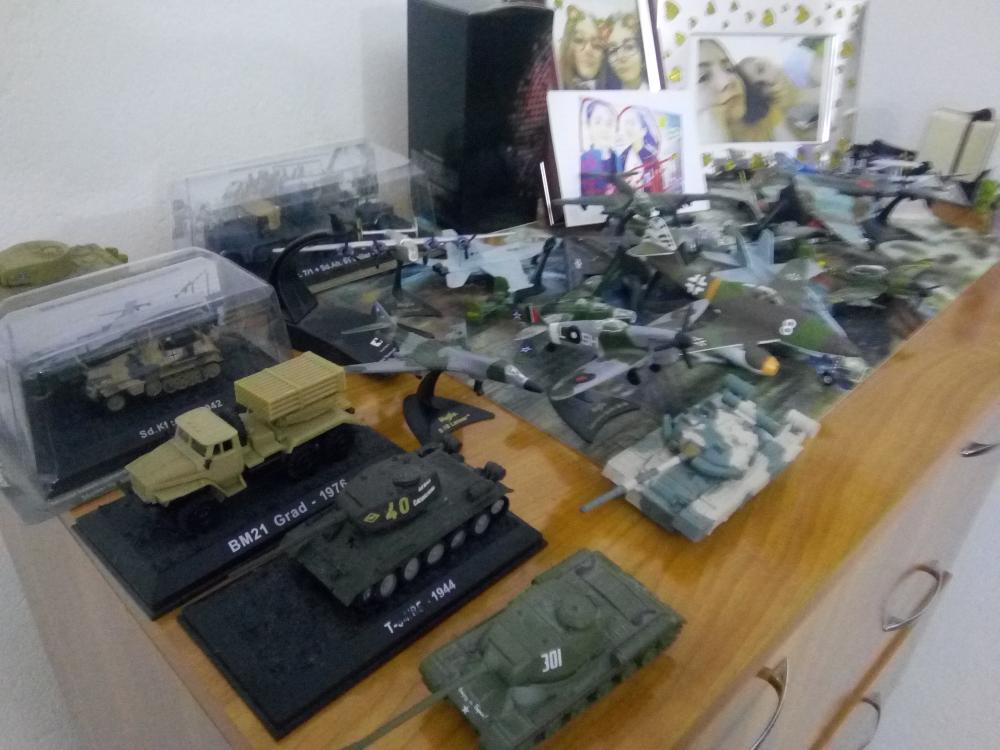
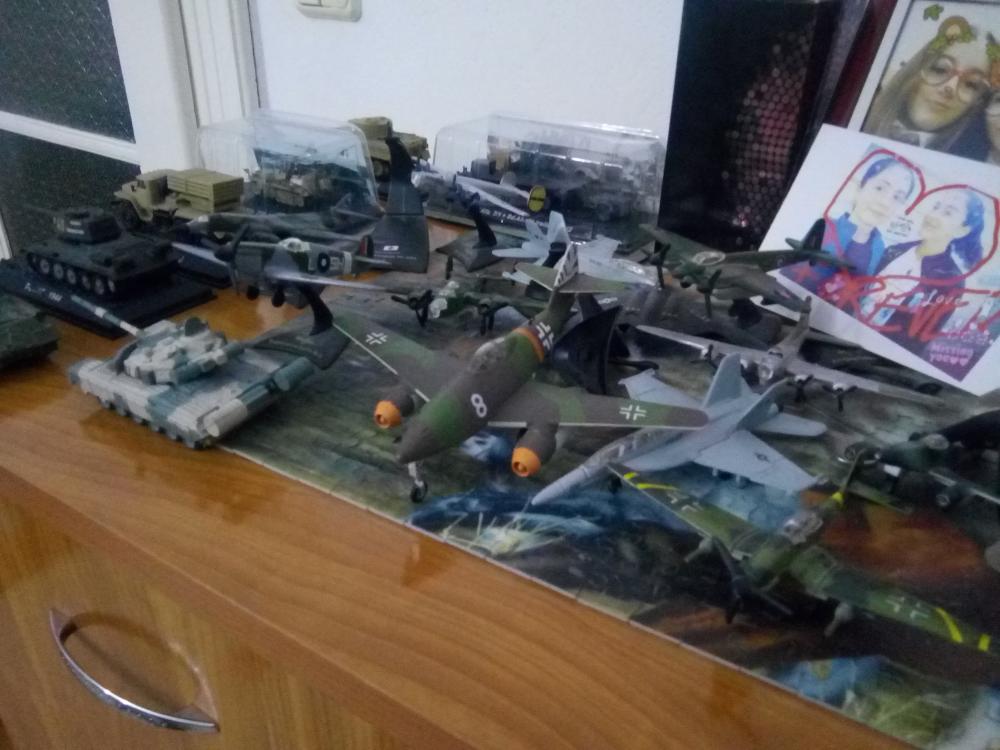



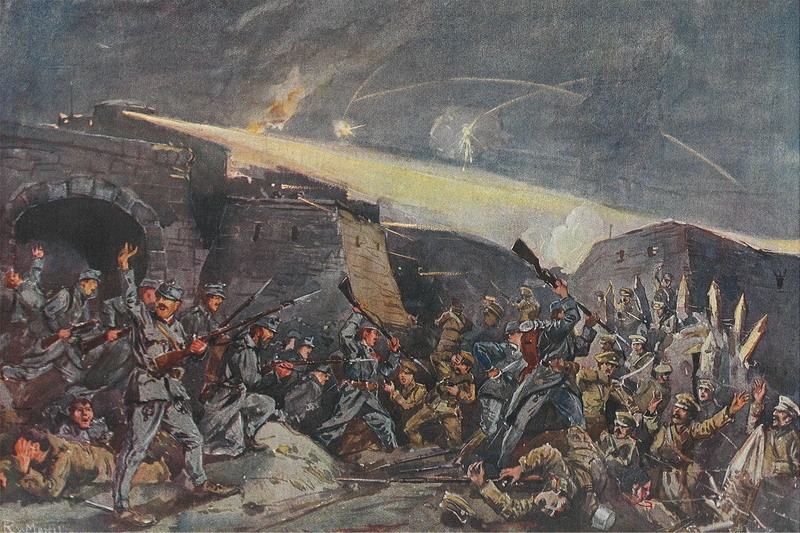
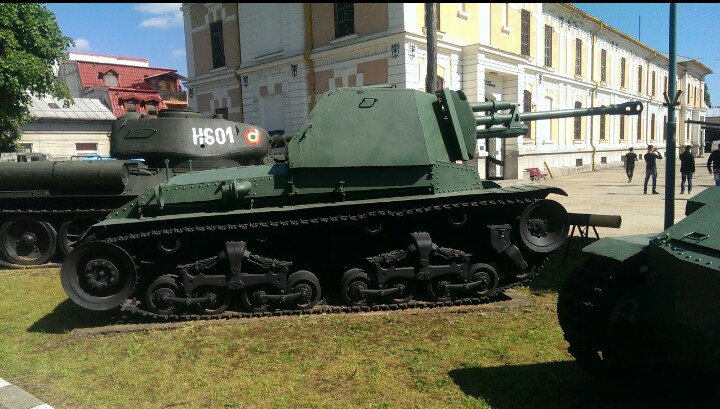
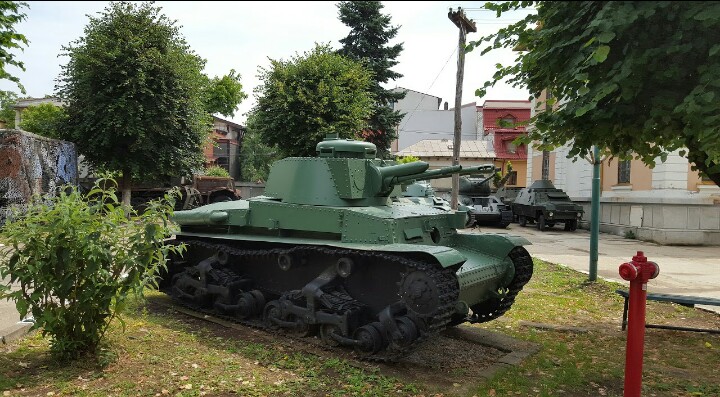
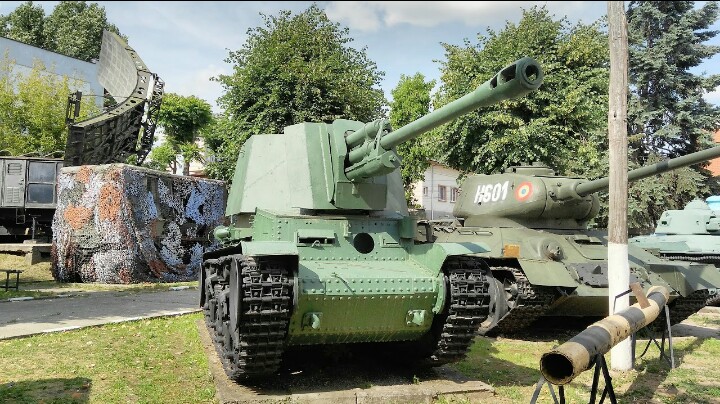
WW2 German bizzare tank projects and prototypes
in Armour, Vehicles, Ships & Aircraft
Posted
I have a collection of more or less blizzard German tanks images, and I was wondering if any of these could have been suitable, or at least having decent results in combat. Also, which one is your favourite?